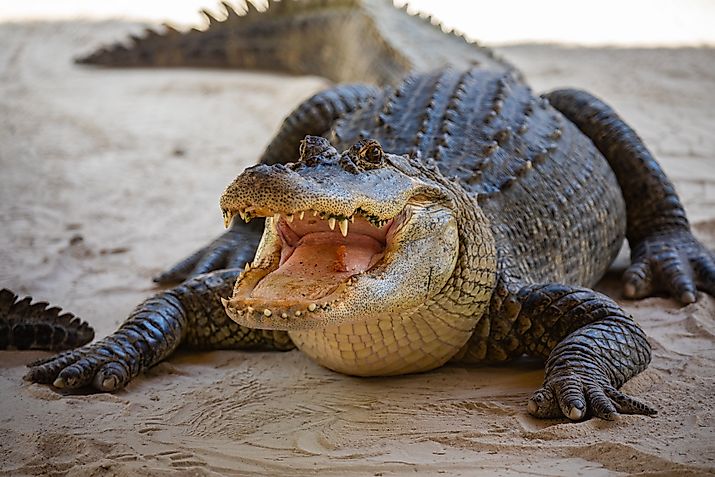Science & Nature

Best Fall Hikes In Iowa
These hikes in Iowa are ideal for a fall vacation, exploring the state's expansive landmarks, from caves to forests and more.
Exoplanets
Exoplanets expand our understanding of the universe. This article covers what they are, notable discoveries, and their potential for hosting life.

Black Holes
Black holes pull in everything nearby, even light. They play a major role in galaxy formation and remain one of the universe's biggest mysteries.
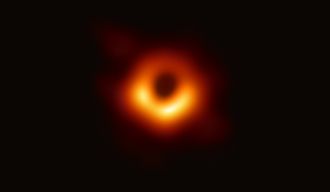
Best Fall Hikes In North Carolina
North Carolina is stunning in the fall season, as seen in hikes such as Looking Glass Trail, Crabtree Falls Trail, and more.

The Most Snake Infested Lakes in New Hampshire
These lakes in New Hampshire are home to a variety of snakes such as the northern water snake as well as the eastern hognose snake.

The Most Snake Infested Lakes in North Dakota
Explore North Dakota’s most lakes that have an abundance of slithering wildlife. Learn about these unique ecosystems and the snakes that call them home.
The 9 Deadliest Animals in Indiana
Learn about Indiana's deadliest animals, including which creatures pose the most danger to humans and their habitats.
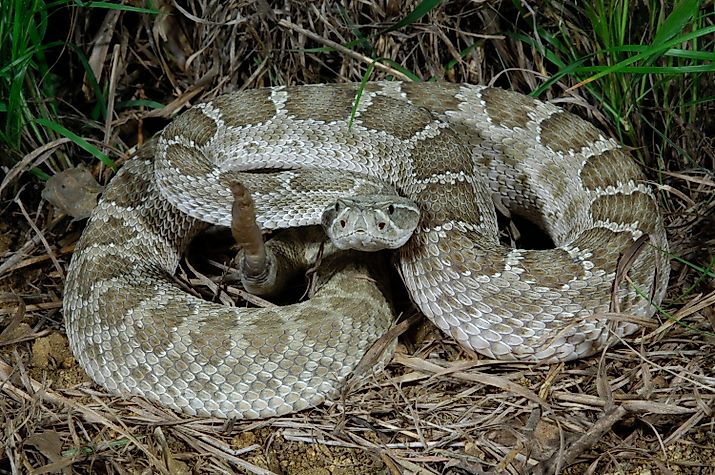
The Most Snake Infested Lakes in South Dakota
Whether you're hiking, camping, fishing, or riding a horse along a tree-dappled path it's important to be mindful of the snake-infested lakes in South Dakota
The Most Snake Infested Lakes in Idaho
Idaho’s most snake-infested lakes, where the natural beauty meets an abundance of slithering wildlife. Learn about these unique ecosystems and the snakes that call them home.
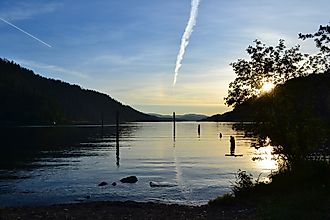

The 10 Deadliest Animals In North Dakota
It is important to be cautious of these deadly animals found in North Dakota, as they can pose a serious threat to human life and well-being.

The Most Snake Infested Lakes in Rhode Island
While no deadly snakes are found here, these are some of the most snake-infested lakes in Rhode Island, which can make for unpleasant encounters!

The 12 Deadliest Animals in Minnesota
This list of deadly animals in Minnesota may be surprising; however, animals such as deer, bees, and mosquitoes can be a real threat to people.
Native Fish of the United States of America
The USA is home to a wide range of native fish species, each playing a key role in ecosystems and local cuisine across the country. Full table included.
10 Safest States From Natural Disasters
These ten states in America are the safest from natural disasters, thanks to plenty of natural features and formations that protect them from disasters.
China's Hydropower Dilemma Is Caused By Drought
Droughts are disrupting China's hydropower, leading to energy shortages and increased fossil fuel use, challenging its green energy strategy.
The 10 Deadliest Animals in Iowa
These ten deadly animals found in Iowa are important to lookout for, particularly the brown recluse spider, the copperhead snake, and more.

The 13 Deadliest Animals in New York
From the Massasauga rattlesnake to American black bears, learn more about some of the deadliest animals in New York's countryside and backwoods.
The 12 Deadliest Animals in Connecticut
Discover Connecticut's 12 most dangerous animals, learn what makes them harmful, and learn how to prevent a potentially tragic encounter.
Which State Has More Venomous Snakes: Texas or Louisiana?
Both Texas and Louisiana are located on the Gulf Coast and are home to various venomous snakes; however, which state has more?
The Most Snake Infested Lakes in New Jersey
Whether you are a nature enthusiast, a herpetologist, or just curious, discover some of the most snake-infested lakes in New Jersey.

The World's Costliest Earthquakes
While the loss of human life is always the main concern of any natural disaster, it is often the case that the economic toll is just as severe.

South America's Battle With Droughts That Cause Wildfires
Due to dry spells and rising temperatures, South America is experiencing unprecedented and massive wildfires, which are causing widespread concern.

Is The Panama Canal Going To Dry Up?
This article posits the idea of whether or not the Panama Canal will dry up, while also giving a brief history on the canal and its significance.

Australia's Struggle for Water Security
Australia has been hit with extreme droughts driven by climate change, which have deeply affected farmers, local animal species, and the economy.
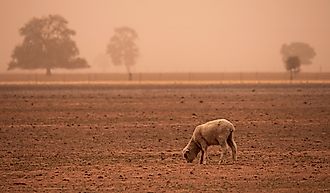
The 11 Deadliest Animals in Tennessee
These are the 11 deadliest animals in the state of Tennessee, from slithering snakes with toxic venom to large mammals with a vicious temper.

The 10 Deadliest Animals in North Carolina
Discover the ten deadliest animals found in North Carolina, from venomous spiders and snakes to intimidating reptiles such as alligators.

How Does Mars' Gravity Affect Our Oceans?
By studying Earth’s ocean currents, researchers have found that the strength of the tide overlaps with the gravitational relationship between Earth and Mars.

The 13 Deadliest Animals in Oklahoma
Oklahoma is home to several poisonous, venomous, or territorial animals that can cause injury, and in some cases, death. Discover the deadliest in the state.
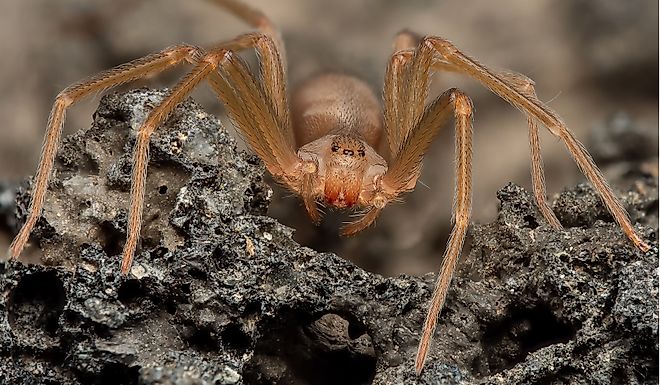
The 10 Deadliest Animals in Massachusetts
Massachusetts is home to these ten deadly animals, including the deer tick, red foxes, black bears, timber rattlesnakes, and more.
Titanosaurs Are the Largest Animals to Ever Roam Our Planet
The Titanosaur was one of the largest animals to ever roam the planet, reaching an immense length of over 100 feet over 100 million years ago.
Why Are Canada's Glaciers Causing A Drought?
Canada's glaciers make up a big chunk of the ice in the Arctic Circle, and their recession threatens the freshwater supplies essential for regional survival.
The Most Snake Infested Lakes In Utah
Some snakes like to live in or near the lakes and reservoirs and often give a fright when encountered. Here is a list of 7 of Utah's most snake-infested lakes
The Most Snake Infested Lakes in Delaware
Several lakes in Delaware, such as Trap Pond, Silver Lake, Red Mill Pond, and others, have snakes, such as the eastern ribbon snake.

Boa Snake, Initially Thought to Be Male, Gives Birth to 14 Babies in Rare Event
A misclassified male Brazilian rainbow boa named Ronaldo gave birth to 14 snakelets through rare parthenogenesis at the City of Portsmouth College.

The 12 Deadliest Animals in Illinois
Illinois is home to various dangerous animals, including venomous snakes, aggressive mammals, and disease-carrying insects.

The 12 Deadliest Animals in Delaware
These animals found in Delaware have a wide variety of prey, and some animals, such as lone star ticks, can pose a serious threat to people.

Astronomers Detect Massive Black Hole Awakening in Real Time
A sudden burst of light in galaxy SDSS1335+0728 reveals a potential massive black hole's awakening, captivating astronomers.

Why We Can't Avoid Singularity Inside Every Black Hole
Black holes are one of the most fascinating phenomena in the universe, and at their heart lies something even more puzzling—a singularity.

